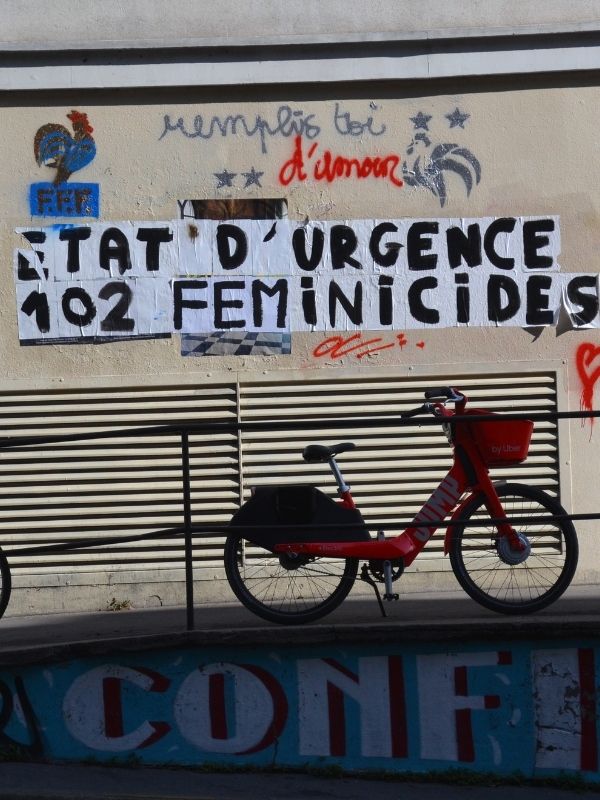Mind-boggling numbers. According to the last count ofFemicides Inter Orga, we are on the thirtieth femicide since the beginning of the year. While some cases, such as that of Assia B, have been widely publicized and sensationalized in recent weeks, Giuseppina Sapio, professor at the University of Paris-8 in information and communication, an expert specialist in the media treatment of domestic violence and femicides invites us to rethink the way we talk about these cases, both in the media and in the public space. How to cover up these feminicides? What to do with the words of defense attorneys? Should it be broadcast as it is, in the name of freedom of expression? Expert answers.
Meeting with Giuseppina Sapio, Lecturer expert in the media treatment of domestic violence and feminicides.
Feminicides are often classified in the miscellaneous category. How is it problematic?
This does not include feminicide in its systemic dimension. Inserting it in the miscellaneous section is equivalent to identifying this type of crime when it has an obvious political significance.
Should the accused’s word be conveyed, and if so, how?
The Istanbul Convention recommends questioning the interest of this word: does it respond to the journalist’s duty to inform? If it is a question of repeating that the defendant loved the victim and could not bear to part with him, as we often see, is it really relevant to repeat it without reservation? Especially when, in front of us, we have only the silence of the victim. It is essential to have a contradictory, to put this word into perspective. We can appeal to victims’ associations, to a collective that does accounts, to activists… We have to ask ourselves how we give a name to things, and the responsibility we assume by building a reality that we exist with our words.
You say that often the victim is doubly silenced. What do you mean ?
She is doubly silenced, because, on the one hand, she is killed, and on the other, the sources solicited in the media coverage do not allow her to speak. Often, in press articles, we question a neighbor who didn’t know her, an investigator who speaks of her only as a dismembered body… In the case of the femicide of Assia B. the only words of the victim are those reported by her sister , with whom he would have had a telephone exchange a few days before his murder. It’s rare that we even have access to this entry. The question of sources is therefore essential: this will influence the focus given to the narrative.
You mention the femicide of Assia B. In this case, the defense attorney used a lexicon of romance to try to justify his client’s crime… Is it a frequent trial?
Yes, very often we mix love, passion and death. This is nothing new, and is the result of a long journalistic tradition, in turn inherited from the arts, music and literature. There are words like ” crime of passion », a term that does not exist legally, which circulate in the public space and which are then integrated by the media. Not because the media can’t talk about the world, but simply because these words make up our world and establish a certain conception of the man-woman relationship. You have to understand that this imaginary, this social and cultural patina that we put on, in particular, cases of feminicide, covering everything with romanticism or passionate love, actually exists both in the media and in the ‘public space’.
Is it still acceptable today that the defense of a femicide author is based on topics such as love?
There is an ethics of appointment. The way things are called is not politically neutral. In France we have gone from a time when love, intimate relationships, closeness between spouses were considered extenuating circumstances, in the laws of 1791. Today, these ties are an aggravating circumstance. One may therefore ask how far the duty to inform goes when it comes to adducing such arguments. Often this imagination is mobilized when it comes to mitigating the role of a man in the context of a femicide. We also isolate his words, his Love for the one who killed, as if his act were not part of a history of violence. We need to stop the myth of the killing spree stroke. It almost never exists.
Source: Madmoizelle
Mary Crossley is an author at “The Fashion Vibes”. She is a seasoned journalist who is dedicated to delivering the latest news to her readers. With a keen sense of what’s important, Mary covers a wide range of topics, from politics to lifestyle and everything in between.





